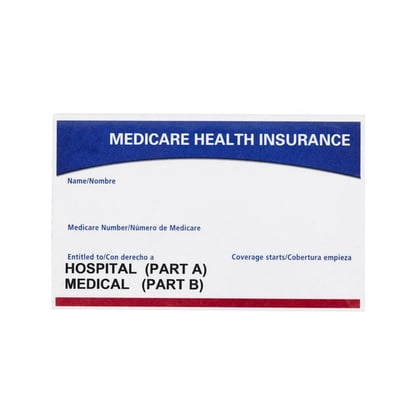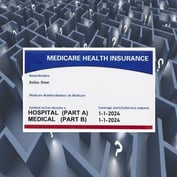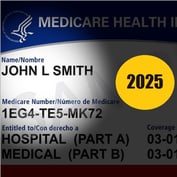What You Need to Know
- Disclaimers are your friends.
- Verbs that convey some uncertainty are your friends.
- The rules for mentioning specific carriers, plans and benefits are not your friends.
If you’ve worked in the Medicare Advantage space, you probably know that finding the right balance between compelling and compliant marketing content is like walking a tightrope.
If you lean too far in the direction of “compelling,” you could fall off into the abyss of the CMS’ Medicare Communications & Marketing Guidelines (MCMG) and find yourself in some hot water. If you lean too far in the direction of “compliant,” you could find yourself in the black hole of painfully boring copy that makes your customers’ dishwasher instruction manual seem like a light, breezy read.
As a compliance manager at a large direct-to-consumer insurance agency, I’m responsible for reviewing all of our marketing content before it’s published or aired on TV. And I’ve seen it all — some really good stuff and some really bad stuff. The really good stuff makes a compelling case for enrolling in a Medicare Advantage plan while keeping it simple. The really bad stuff, well, gives me heart palpitations.
Threading that needle is a challenge. I get it. I empathize with marketers because I was a content writer before I went over to the “dark side” of compliance. But there are some common-sense ways to keep you on the right side of the compliance line without sacrificing good copy.
Here are three easy tips I give to any marketer or insurance agent who is producing content to promote Medicare Advantage plans.
1. Qualify, qualify, qualify.
One surefire way to make customers angry and wind up on a regulator’s radar is by overpromising and underdelivering.
The truth is, Medicare Advantage plans and their benefits can vary a lot depending on location. Highly competitive areas (like Florida) may have plans with all sorts of eye-catching extras. But if you go to some rural county out west, there may not be a single plan available, let alone one with all the bells and whistles. You don’t want to imply — or worse, explicitly state — that someone in one of those rural areas can definitely get a plan like that.
Qualifiers like “may,” “could,” and “can” (especially “may”) are your best friends. For example, “Medicare Advantage plans may include additional benefits like routine vision coverage.” This makes it clear that while routine vision coverage is generally available, it isn’t available everywhere. This mitigates some of the risk of accidentally misrepresenting the benefit.
Also, slapping the general disclaimer “Plan availability varies by region and state” below of a list of potential benefits — clearly and conspicuously, of course — is a good best practice.
2. “Communicating” is easier than “marketing.”
CMS made life easier for the MA marketing world a few years ago when it started differentiating between “communications” materials and “marketing” materials. Back in the day, there were only a few exceptions to submitting content to CMS for review and filing. Now, only materials that meet the definition of “marketing” need to be filed via an insurance carrier. This gives us a lot more flexibility (and time-savings).









 March 24, 2021 at 08:45 AM
March 24, 2021 at 08:45 AM











